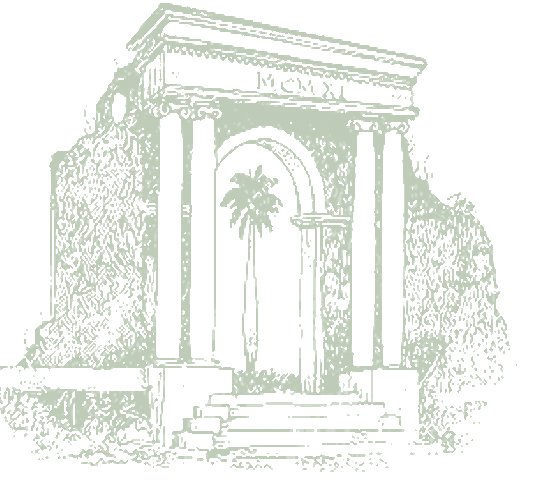|
Regeneration of Damaged Neural Tissue Using a Collagen Scaffold Containing Neurotrophins*
*This project is funded by NIH NIGMS/INBRE Developmental Research Project Program
Osteoinductive Integrin-Containing Biopolymeric Nano-Coatings for Bone Repair*
The native extracellular matrix (ECM) is a complex polymeric nanostructured environment that provides cells with a number of signals, which control their processes and dictate their fate. Biochemical signals from the ECM are crucial during tissue repair, yet appropriate ECM mimetic materials for the presentation of for active biomolecules are still lacking. The layer-by-layer (LbL) method has emerged as a powerful technique for the development of polymeric nano films to be used as reservoirs for biomacromolecules, mimicking native ECM that is in the nanometer scale. The goal of this project is to design nano coatings—based on the LbL assembly—containing the highly osteoinductive collagen-derived peptide glycine-phenylalanine-hydroxyproline-glycine-glutamate-arginine (GFOGER) using glycosaminoglycans (GAGs) as building blocks. Two different strategies for the inclusion of GFOGER in the nano films will be explored (1) adsorption of GFOGER from solution on a substrate coated with an LbL film and (2) construction of LbL films using GFOGER chemically conjugated to one of the GAGs. The growth, topography, chemistry, thickness, and amounts of incorporated GFOGER will be evaluated through a number of spectroscopy and microscopy techniques. The biological activity of the peptide incorporated in the LbL films will be assessed by evaluating the differentiation of human mesenchymal stem cells towards the osteogenic lineage. The central hypothesis is that that these LbL nano coatings will serve as an ideal vehicle for the osteogenic peptide by: (1) increasing the peptide surface concentration and residence time, and (2) supplementing the peptide activity by the presence of GAGs. The rationale for this research is that it will generate a simple and versatile approach to modify implants used for bone regeneration for better integration. The versatility of the LbL method lies in the precise control of its nanostructure used to mimic native ECM, which ultimately will dictate cellular fate. *This project is funded by NSF EPSCoR/RII Start-Up Funds for new Faculty
Electrospinning Biopolymeric Scaffolds
Electrospinning is a technique where a polymeric solution is exposed to a high voltage by pumping the solution through a needle attached to a high voltage power supply. The applied voltage generates an electric field between the needle and a metallic collector in which a thin polymer fiber travels until collected. In this work, polymeric nanofibers--prepared using multiple biopolymers such as chitosan and collagen--are generated and fully characterize in regards of their chemistry, mechanical properties, and biocompatibility. |


